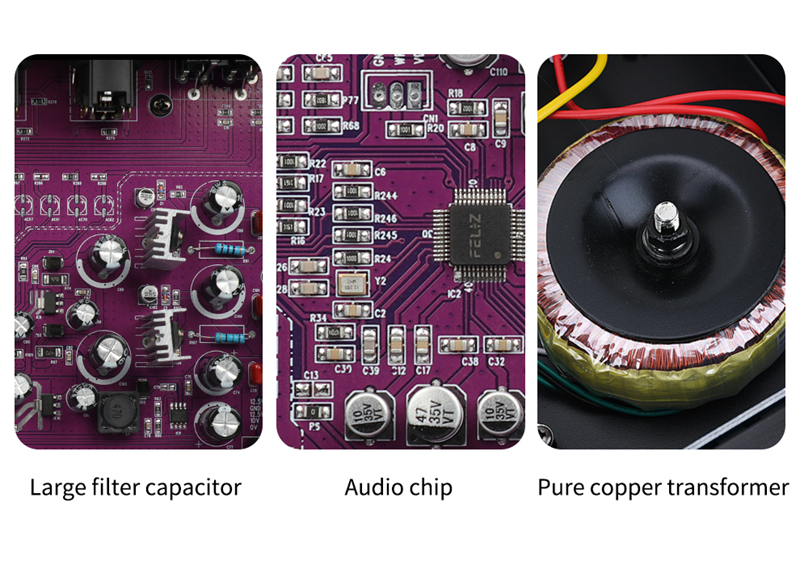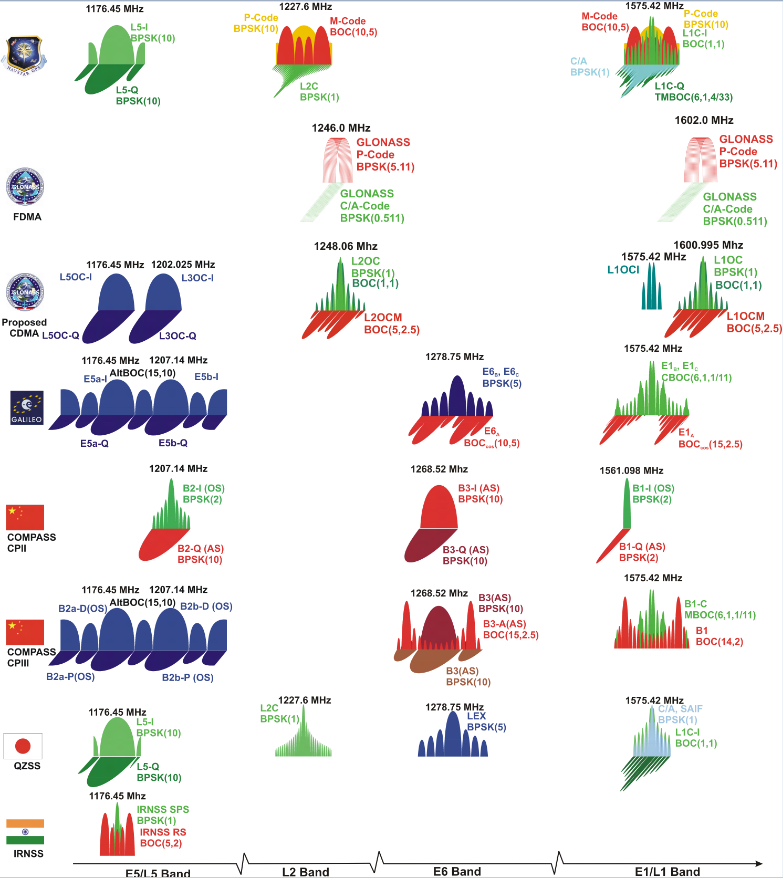
Thus, most often it makes sense to do any corrective moves before ones aimed at sweetening. From that perspective it’s easy to view corrective moves as a method to transform a good mix into a great mix that you can then focus on sweetening.
#Signal path band free
Ideally, if you’re working with a great mix, you won’t need to make any corrections and you’ll be free to focus solely on sweetening and enhancement. So how do these concepts inform the order of your mastering signal chain? Let’s first think about corrective vs. Maybe that’s adding a little extra sheen to the top end, accentuating the stereo field for all, or part, of the frequency range, or some compression tailored to accentuate certain percussive elements or enhance movement. Sweetening moves, on the other hand, aim to enhance things we like about the source audio. Corrective moves are typically to remedy something problematic in the source audio.This could be a buildup or hole at a specific frequency, an overly dynamic element in the mix, or a stereo imaging issue. sweetening moves is perhaps a little more intuitive, but to make sure we’re on the same page, let’s outline those too. Common examples of non-linear processors are things like compressors, limiters, and saturators. In other words, the processor will react differently to a loud signal than it will to a soft one. Non-linear processors are ones for which the output signal is dependent on the level of the input signal.

Stereo imagers and most EQs are common examples of linear processors we use in mastering-although dynamic EQs or EQs which model the saturation of their analog counterparts do not fall into this category. In other words, whether the input signal is very loud, or very soft, the processor will do the same thing to it. Linear processors are ones for which the output signal is not dependent on the level of the input signal. Let's break down these terms and define them. Processors can be either linear or nonlinear, and they can be used either correctively or for sweetening. Understanding what these categories are and how they interact is probably the best way to sort out the order in which to build your chain for any given song. Very broadly speaking you can categorize all mastering processors-and how you use them-into one of four categories. Mastering processors and how you use them Then, when you move on to processors like Low End Focus, Master Rebalance, or Spectral Shaper in Ozone Pro, they’ll be able to provide an additional level of control without muddying the waters. Learn to master these tools and how they work symbiotically in a chain first. There are a lot of exotic and powerful tools out there, and they can certainly prove invaluable, but the truth is that most songs can be mastered with an EQ or two, the occasional compressor, and a limiter. Once you’ve compiled your list, take a minute to look at the big picture and start assigning tools to each of your goals. I’ll also want to be sure to include any specific notes or requests from the artist or producer! These could be overall tonal balance, potentially problematic dynamics, overly wide or narrow stereo imaging, odd noises or defects, or things I especially like and want to enhance. No adding plug-ins or tweaking things, just set a comfortable volume, listen, and jot down the things that stand out.


The way I like to approach this is to grab a notepad-digital or analog will do just fine-hit play, and only allow myself to take notes.

Of course, along the way, you may uncover things or run across happy accidents that push you in a new direction, but having a strategy and goals that you can refer back to can be immensely helpful. Whether setting up a multiband compressor or an entire mastering chain, having a clear idea of what you want to achieve and how you’ll get there is key. I’ve mentioned before that it pays to have a plan when mastering. How do you choose a mastering signal chain?


 0 kommentar(er)
0 kommentar(er)
